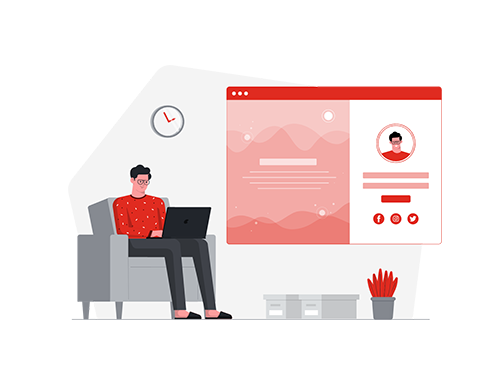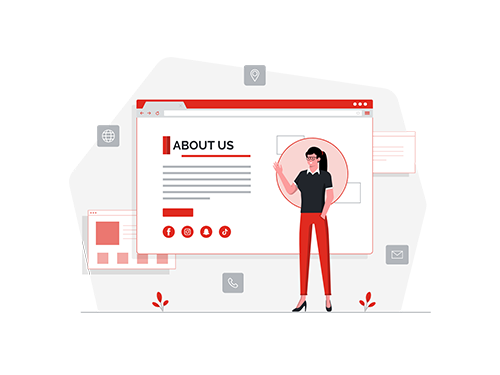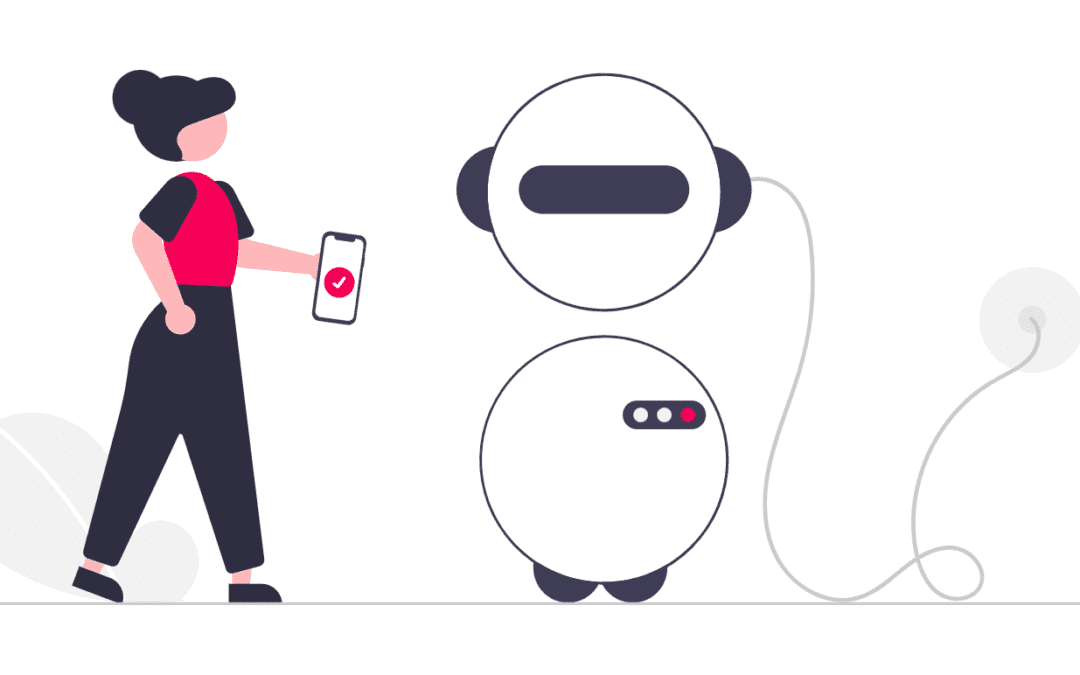As website design has evolved, so too has the need for better and more engaging user experiences. Static websites are a thing of the past, as modern designers strive to create interactive and visually appealing designs that keep users engaged. In this post, we’ll take a look at some of the most significant changes in website design over the years, and how they’ve impacted user experience. We’ll also explore some of the latest trends in web design that are shaping the future of online experiences. Are you ready to take a trip down memory lane? Let’s get started!
In the early days of website design, when everything was static, and there were no animations or videos
In the early days of website design, everything was static. That is to say; there were no animations or videos – just a bunch of HTML code and maybe some images if you feel fancy. In retrospect, it’s unique that we got anything done with such limited tools. But we made do, and it was refreshing to be working with such simple building blocks. There was a certain purity to those early websites, uncluttered by the moving parts and flashy graphics that would come to characterize so much of the web. Of course, progress is inevitable, and there’s no going back to those halcyon days of yore. But it’s still fun to look back and remember how far we’ve come.
The introduction of Flash, which allowed for more dynamic and interactive websites
Flash was introduced in the late 1990s, and it quickly became apparent that it would significantly impact web design. Flash allowed for more dynamic and interactive websites, and designers rapidly took advantage of its capabilities. However, Flash also had some drawbacks. It was proprietary software, meaning only users with the correct software could view Flash-based websites. Additionally, Flash-based websites were often slow to load and difficult to navigate. As a result, many designers began to look for alternatives to Flash. HTML5 is one of the most popular alternatives to Flash, and it is now widely used for creating interactive web content. Thanks to HTML5, designers can create websites that are accessible to a broader range of users and offer a better user experience.
The rise of responsive design, which made websites look good on any device
With the rise of responsive design, there’s no need to sacrifice style for substance – websites can now look good on any device. Responsive websites are designed to provide an optimal viewing experience, whether viewed on a desktop computer, tablet, or smartphone. This means that content is easy to read and navigation is simple and efficient. Additionally, a responsive design also helps improve search engine optimization (SEO) and website speed. As a result, it’s no wonder that responsive design has become the go-to solution for many web developers and designers. Thanks to responsive design, the internet is now a more beautiful and user-friendly place.

The use of parallax scrolling to create a more immersive user experience
In the world of web design, there are always new trends and techniques. One of the most popular trends is parallax scrolling to create a more immersive user experience. This technique involves using different layers of content that scroll at different speeds, creating the illusion of depth and movement. When used effectively, parallax scrolling can add fun and interactivity to a website. It can also be used to guide users through a story or provide additional information about a product or service. Ultimately, parallax scrolling is a great way to add interest and engagement to any website.
The incorporation of artificial intelligence and chatbots into website design
In recent years, there has been a growing trend of incorporating artificial intelligence and chatbots into website design. While some may view this as a gimmick, there are several advantages to using these technologies. For one, chatbots can provide a more personal level of customer service, responding to inquiries in real time. In addition, chatbots can be used to collect data about users, which can be helpful for website optimization. Finally, artificial intelligence can be used to create a more immersive experience for users, such as by providing customized recommendations based on their browsing history. While there are certainly some challenges to using these technologies, the benefits make them worth considering for any website development project.
Conclusion
Over the past few years, website design has become more user-friendly and interactive. By incorporating features such as animation, videos, and chatbots, websites can provide a more immersive experience for users. As we move into the future, website design will likely continue to evolve to meet users’ needs.
Work With Us
Readay for a new custom website or is your curent website in need of a redesign? Reach out today! Our team would be happy to help.




